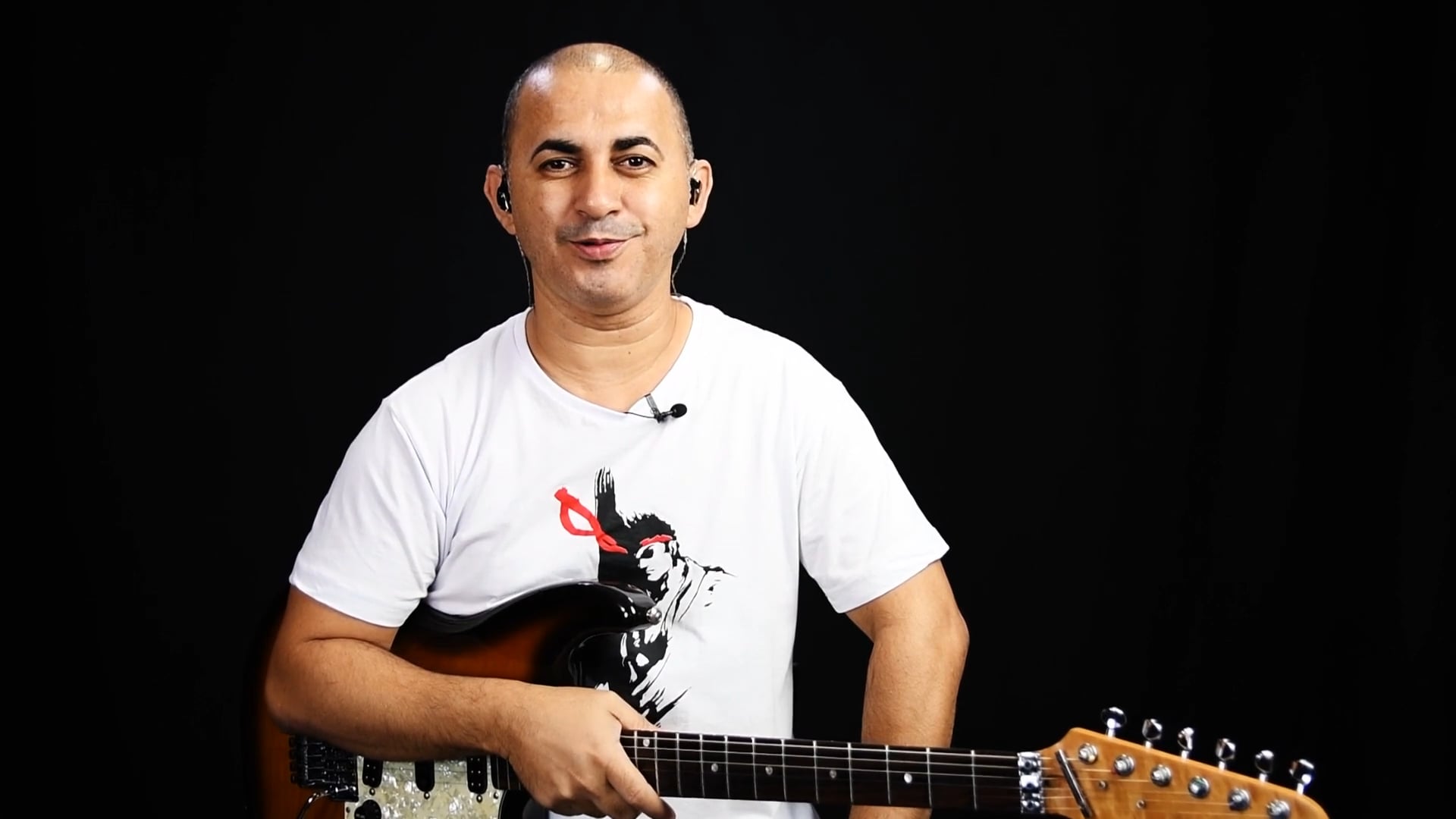
Nesta aula, vamos introduzir o modo mixoldio e o acorde de stima dominante. A unin de dous tetracordos iguais constitua o modo.Modo Mixoldio & Baio. O drico ou dorio era o tetracordo bsico de cuxas notas xurdan outras tres. Como informamos en PYD, Lorde ha confesado el parecido que tiene su reciente y ya exitoso nuevo single Solar Power con el tema Loaded (febrero de 1990) de Primal Scream, una de las canciones de su muy recordado LP Screamadelica.Modo mixolidio: hypate hypatonparamese (solsol) A base da antiga teora grega era o tetracordo, sucesin conxunta de catro notas en sentido descendente comprendidas no mbito dunha cuarta xusta. 2Concerto in Modo Misolidio for Piano and Orchestra LORDE Y EL MODO MIXOLIDIO EN SOLAR POWER. Modo mixolidio en m&250 sica puede hacer referencia a tres conceptos distintos relacionados con escalas debido a confusiones hist&243 ricas en la transcripci&243 n: uno de los gregorianomodos eclesi&225 sticos medievales, tambi&233 n llamado modo VII, tetrardus authenticus o modo aut&233 ntico de sol.
Its Bachian title, however, cannot mask its identity as a genuine concerto.The New York première of the Concerto in Modo Misolidio under the baton of Willem Mengelberg took place on the last day of 1925. That background allows one to guess at its stylistic components, although the German-oriented influence of Respighi’s Bologna teachers must not be overlooked.The Toccata for piano and orchestra, written in 1928 and first performed, as was the Concerto in Modo Misolidio, in New York’s Carnegie Hall with the composer at the piano, is a testimonial to Respighi’s final return to less opulent orchestral writing and to a more explicit neoclassicism. La base de la antigua teora griega era el tetracorde, sucesin conjunta de cuatro notas en sentido descendente comprendidos en el mbito de una cuarta justa.Las escalas y modos de guitarra esenciales cubiertos incluyen: La escala mayor El modo dorico El modo frigio El modo lidio El modo mixolidio El modo eolico.The one-movement Concerto in A minor belongs to the composer’s conservatory period and was written in 1902 between his two periods in Russia as a composition pupil of Rimsky-Korsakov and as first violist with the St. Besides the mystical Concerto Gregoriano for violin and orchestra of 1921 and the Concerto a cinque (a sort of concerto grosso for five soloists, including piano, and strings) of 1933, Respighi’s catalogue lists three works for piano solo and orchestra.Modo hipolidio: parhypate mesontrite hyperbolaion (fafa) Octava concreta de Fa Modo mixolidio: hypate hypatonparamese (sisi) Octava concreta de Si.


A passionate development follows, then relapses into a quasi-pastoral mood, introduced by a melancholy oboe melody and ending in a capricious cadenza. The central episode features a solemn dialogue between piano arabesques over sustained string chords and the brass section. A mystical mood prevails at the end, suggestive of a murmuring congregation accompanied by the sound of bells echoing within the vaults of a cathedral.The following Lento is a fantasy in ternary form on Gregorian modes. The movement is built on two further themes: one is heard after an early and brief fantasy-like development the other a canon-like idea in 9/4, leads after a new development to an inspired and most original cadenza.
This precedes a lovely, pastoral Allegretto and a climax of decidedly Rachmaninov-like luxuriance before the brilliantly affirmative final restatement of the theme.Tre Preludi sopra Melodie Gregoriane, a masterwork of Respighi’s small catalogue of solo piano music and Italy’s piano literature in general, should be appreciated here not only as a most appropriate “filler” but also as the composer’s first homage to his beloved Gregorian modes. A later variation takes the form of a colourful cadenza. The movement is a sequence of eighteen brilliantly transformed and orchestrated variations on a somewhat jazz-like, syncopated theme. Following Brahms’ example, Respighi employs the passacaglia’s bass theme freely in the middle and upper voice as well.
Its motif reappears metamorphosed as a bass figuration in the second prelude, a tempestuous piece in C-sharp minor with a short, visionary episode of cadenza-like character. They were apparently written in 1919, thought the manuscript bears the final date of 1921 along with an unexpected dedication to Alfredo Casella.The first prelude in G-sharp minor is a nocturnal piece with passionate, hymn-like crescendos. Under this spell Respighi became more and more enamoured of the ancient melodies, and he composed the Tre Preludi. During their honeymoon in the hills of Anacapri, Elsa would sing daily as her wedding gift to Respighi the themes of the Graduale Romanum.
The origin as absolute music of the four “symphonic impressions” of 1927 is generally ignored, and it would be out of place here to quote the aptly conceived titles and programmatic texts which were inscribed on the score. With the addition of a fourth movement, they became his Vetrate di Chiesa. Descending arpeggios in the bass create an effect perhaps more evocative of an Oriental caravan than of a sacral procession.Later Respighi made rare exception to his notorious refusal to rework his earlier compositions, and he followed Elsa’s suggestion to orchestrate the pieces.


 0 kommentar(er)
0 kommentar(er)
